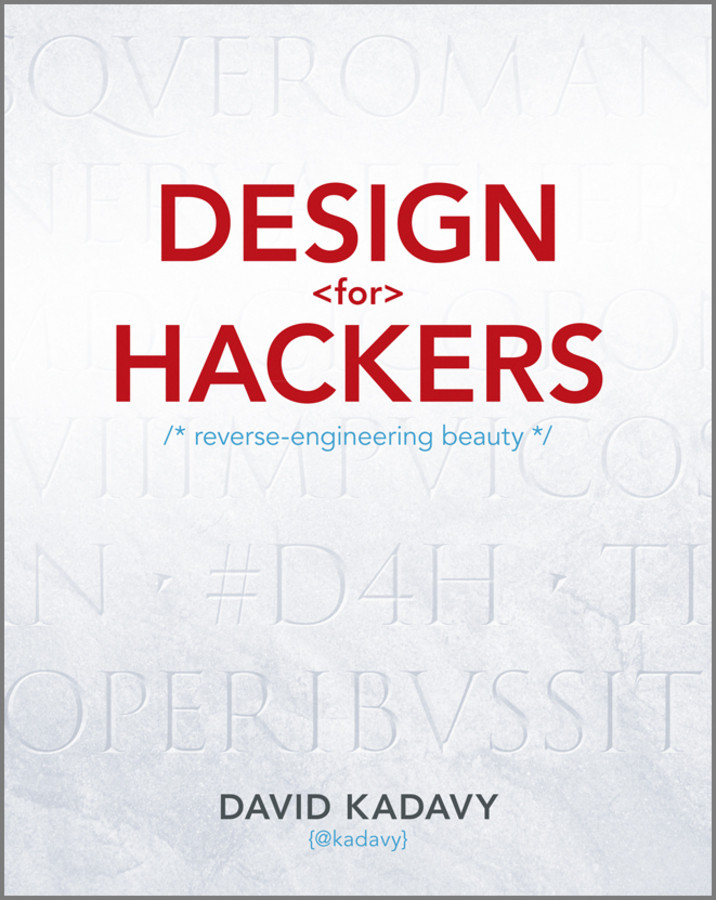

Most ebook files are in PDF format, so you can easily read them using various software such as Foxit Reader or directly on the Google Chrome browser.
Some ebook files are released by publishers in other formats such as .awz, .mobi, .epub, .fb2, etc. You may need to install specific software to read these formats on mobile/PC, such as Calibre.
Please read the tutorial at this link: https://ebookbell.com/faq
We offer FREE conversion to the popular formats you request; however, this may take some time. Therefore, right after payment, please email us, and we will try to provide the service as quickly as possible.
For some exceptional file formats or broken links (if any), please refrain from opening any disputes. Instead, email us first, and we will try to assist within a maximum of 6 hours.
EbookBell Team

4.7
36 reviewsIntroduction
When I was in grade school, handwriting was my worst subject. I had terrible handwriting. It looked like a woodchuck had barfed a bunch of twigs onto a piece of paper. So, each quarter, when I was sent home with my report card, it was full of A’s and B’s . . . and one C-, in penmanship.
Never having been one to blindly accept convention, I asked why it even mattered if I had decent handwriting. It’s probably no surprise that I thought handwriting was “stupid,” even “a waste of time.” I was too young to respect the merits of something at which I had no hope of succeeding (though seriously, grading on penmanship is stupid and a waste of time).
No matter how many times I asked, I was always told the same thing: “When you grow up and get a job, you’ll need to be able to communicate clearly. You need good handwriting to communicate clearly.”
Thank goodness computers took over. My handwriting is still terrible. Oh, I can draw letters, but I certainly can’t write them.
Today I understand that at the root of my educators’ intentions was something valuable: Clear communication is critical to success. Luckily for me, I rarely have to rely upon my handwriting to communicate clearly. I can simply type an e-mail, make a slide presentation, or write a book, and it will be rendered in crisp, beautiful typography. Many of these letterforms were perfected over 500 years ago, and they still carry words with strength and clarity today.
Additionally, I have spent years studying the subtleties of visual communication. I passed countless boring Nebraska days as a child, drawing in my room. I got my degree in graphic design, while exhausting the university library’s supply of typography and design books – skipping keggers so I could conduct experiments with typography and geometry. I studied the very origins of modern typography in the ruins of the ancient Roman Empire. I’ve even discussed the hidden meaning of